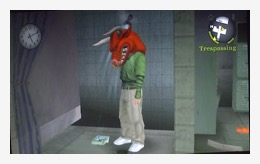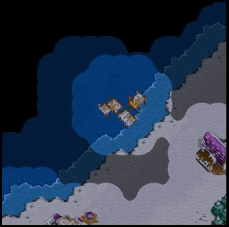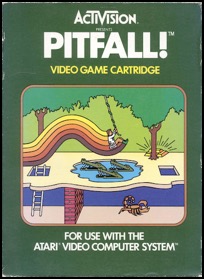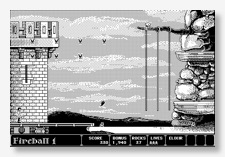25 - Pimps at Sea
09 Apr 2020

See full show notes and episode player…
24 - Bully (Canis Canem Edit)
27 Feb 2020

See full show notes and episode player…
23 - The Fog of War
30 Jan 2020

Hence the term, the fog of war, a military phrase with origins in the musings of a 19th century Prussian general called Carl von Clausewitz. A phrase that’s since found its way into video game lexicon, and video game design, as we explore here. (Featuring interview clips with former Blizzard lead programmer Patrick Wyatt about the fog of war in Warcraft II and StarCraft.)
See full show notes and episode player…
Soundbite: Age of Empires and Civilization co-creator Bruce Shelley's 'inverted pyramid of decision making'
10 Jan 2020

See full show notes and episode player…
22 - Wololo
24 Dec 2019

See full show notes and episode player…
Bonus: The Rise & Fall of Ambrosia Software, '90s Mac Legends - PAX Aus 2019 talk
28 Nov 2019

The synopsis:
For Mac gamers in the 90s, the people of Ambrosia Software were rockstars. Heroes. And with brilliant games like Maelstrom, Escape Velocity, Harry the Handsome Executive, Apeiron, and more, plus a company newsletter that spoke directly to the fans, they could do no wrong. In light of Ambrosia's recent closure (finally!), Secret History of Mac Gaming author Richard Moss recounts the studio's high and lowpoints and tells the stories behind its best games.
See full show notes and episode player…
21 - Pitfall Harry, the Jungle Runner
22 Nov 2019

But these ideas were rare, and just beginning to find their way into video game lexicon, when David Crane came along and with one single game turned them into tropes. With just one game that had begun as a simple tech demo of a running man. One game that would go on to define a console generation, amid 64 consecutive weeks atop the Billboard bestsellers chart and a whopping four million lifetime sales on a gaming system that itself sold 30 million units.
That one game is Pitfall!, or Jungle Runner, as it was called during development, an Indiana Jones-like adventure distilled into the (home console) video game technology of the era.
This is the story of Pitfall!'s creation and its phenomenal legacy, pieced together from myriad sources — interviews, reviews, history articles, promo videos, book chapters, retrospectives, and a 2011 postmortem delivered at the Game Developers' Conference by none other than David Crane himself.
See full show notes and episode player…
20 - RealSound™ and Voice Characterisations
08 Nov 2019

Features interviews with tech entrepreneur Charlie Jackson and former Adobe and Microsoft executive Eric Zocher, who together co-founded 1980s software company Silicon Beach Software — a pioneer in creative software tools and desktop publishing, as well as the publisher of several popular games (two of which we cover here: Airborne and the original Mac version of Dark Castle).
See full show notes and episode player…


